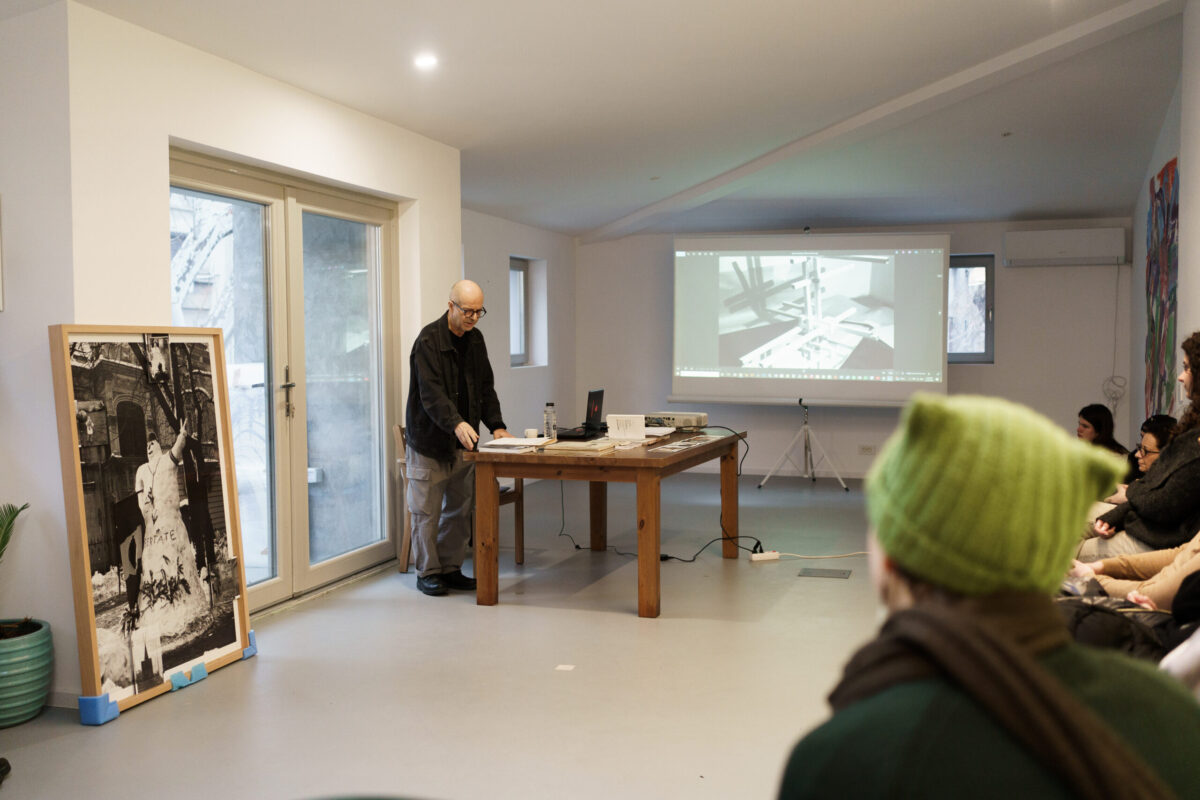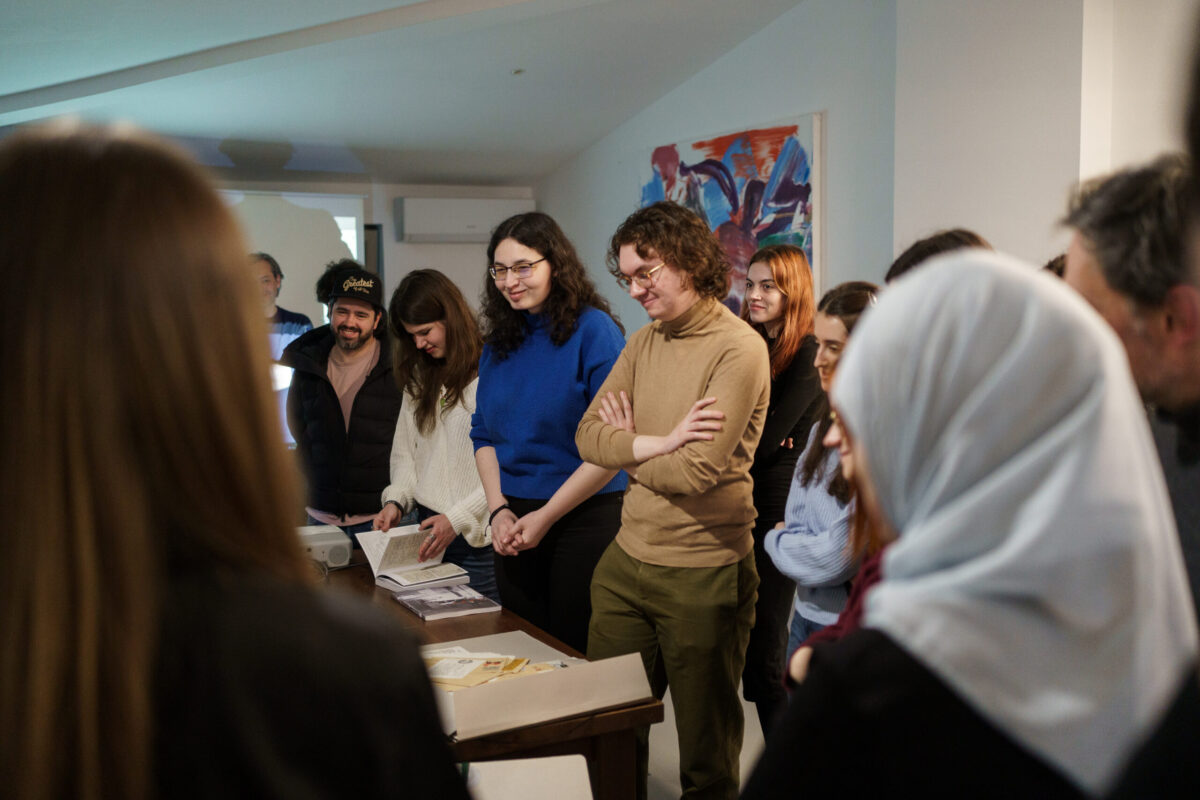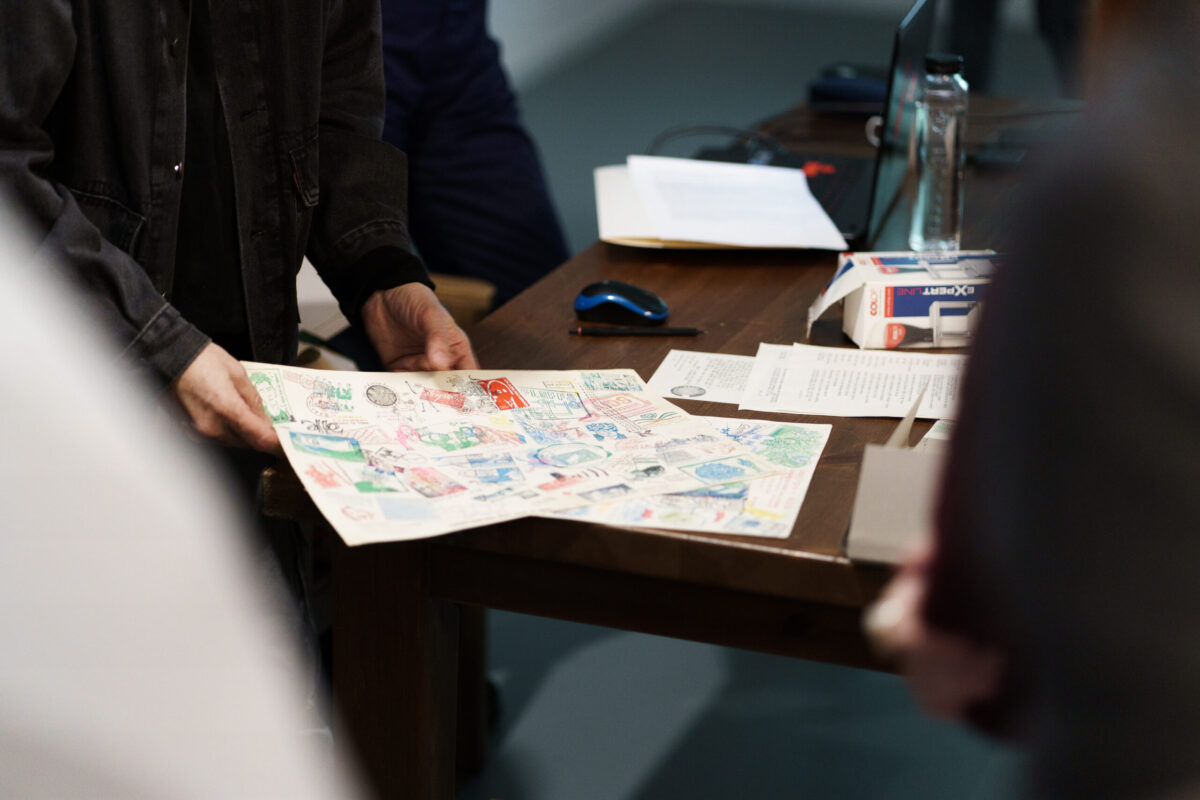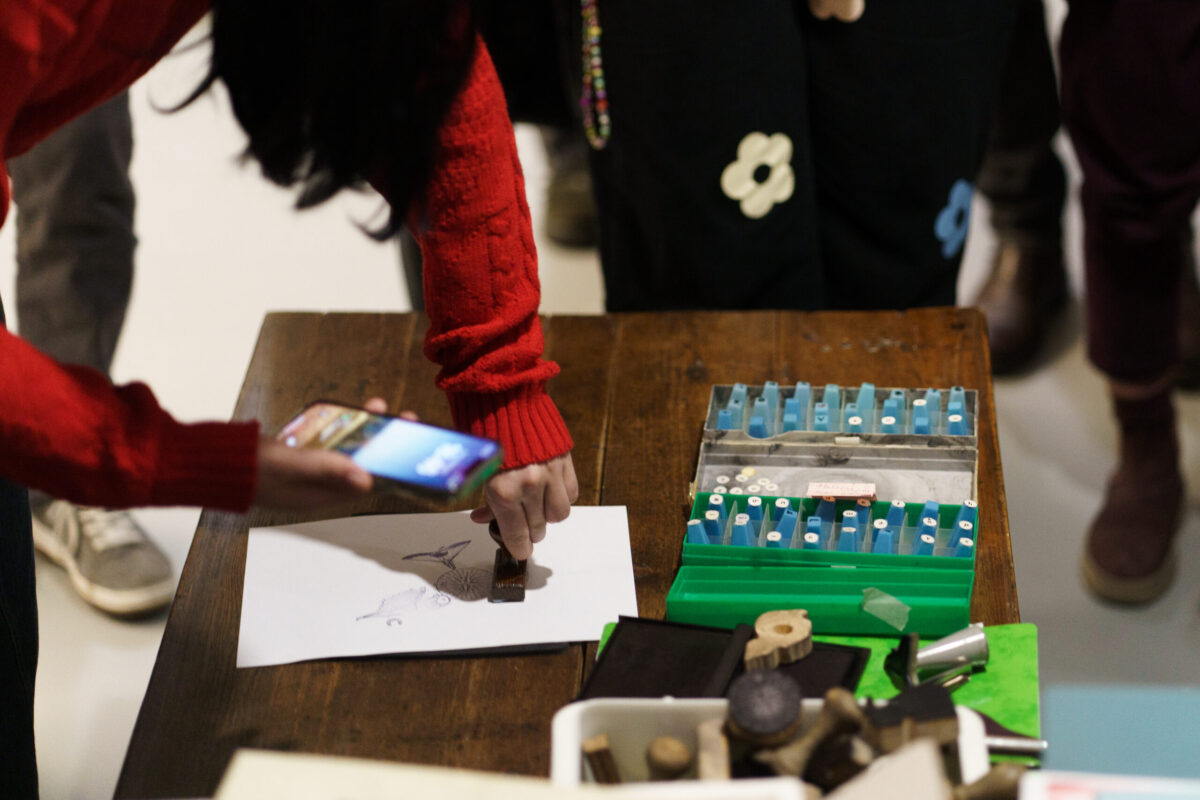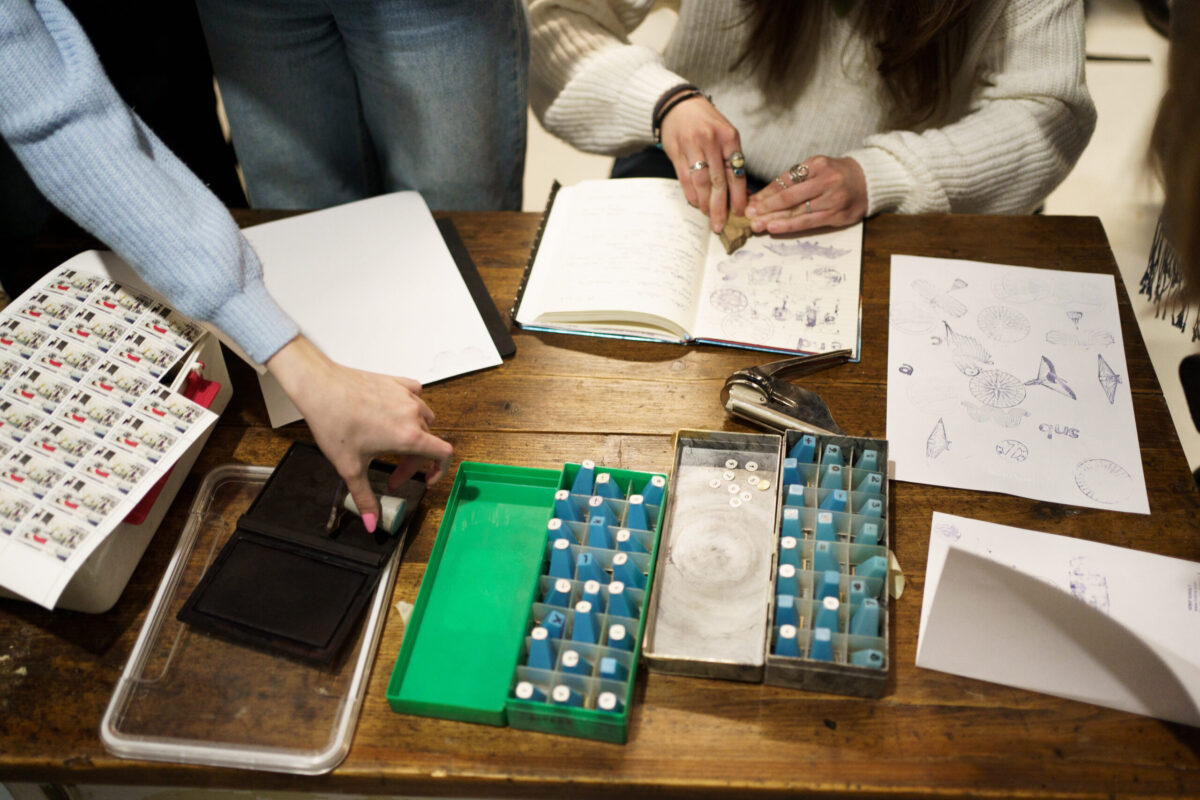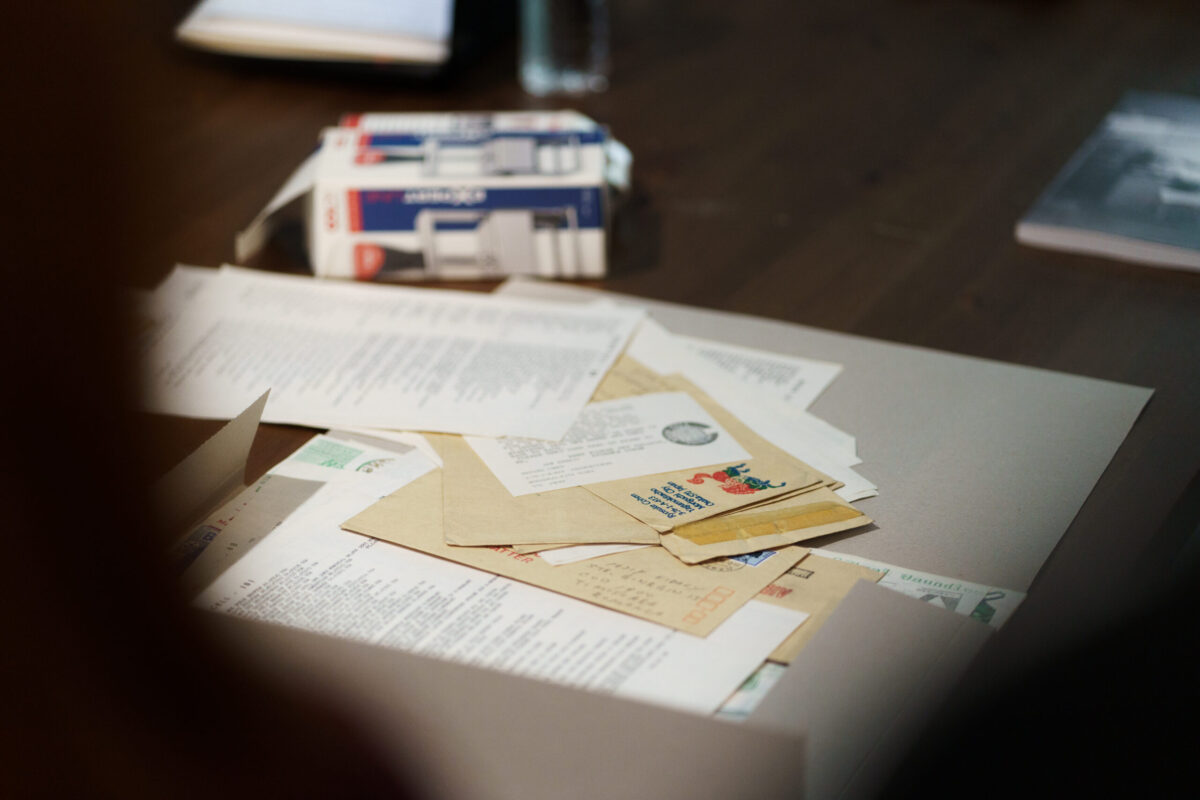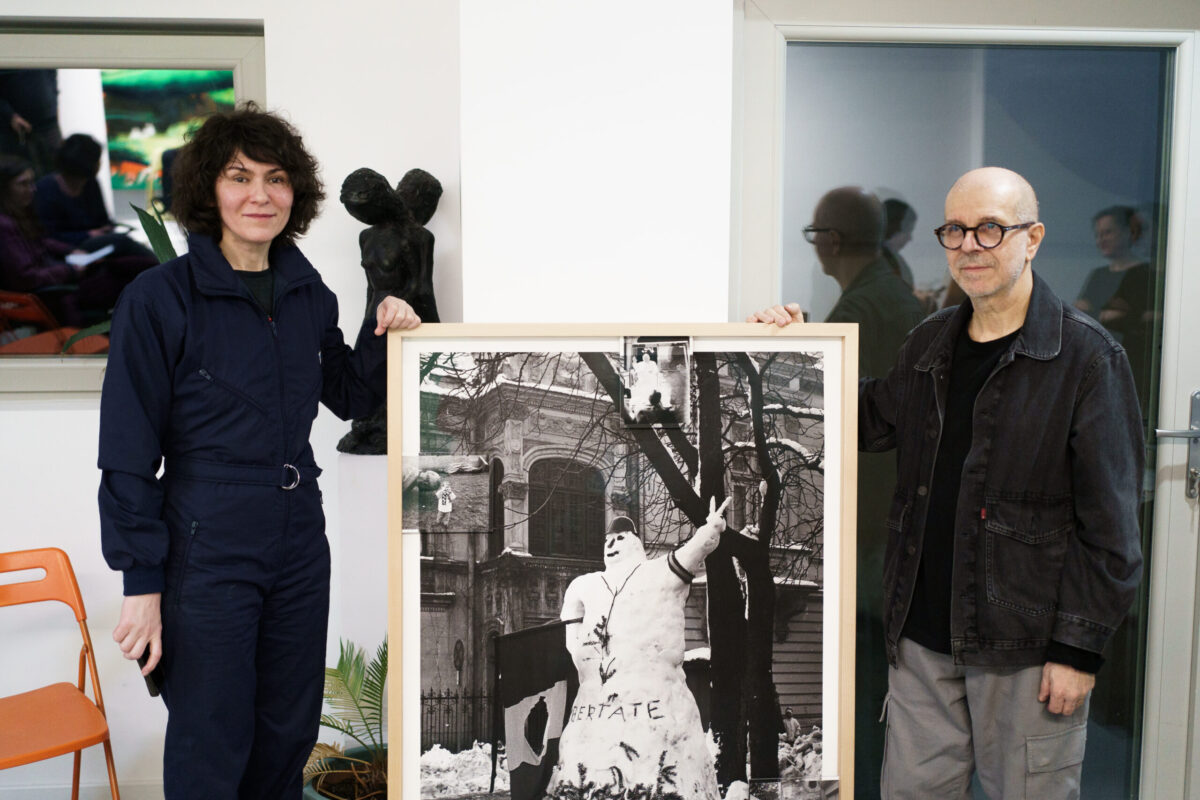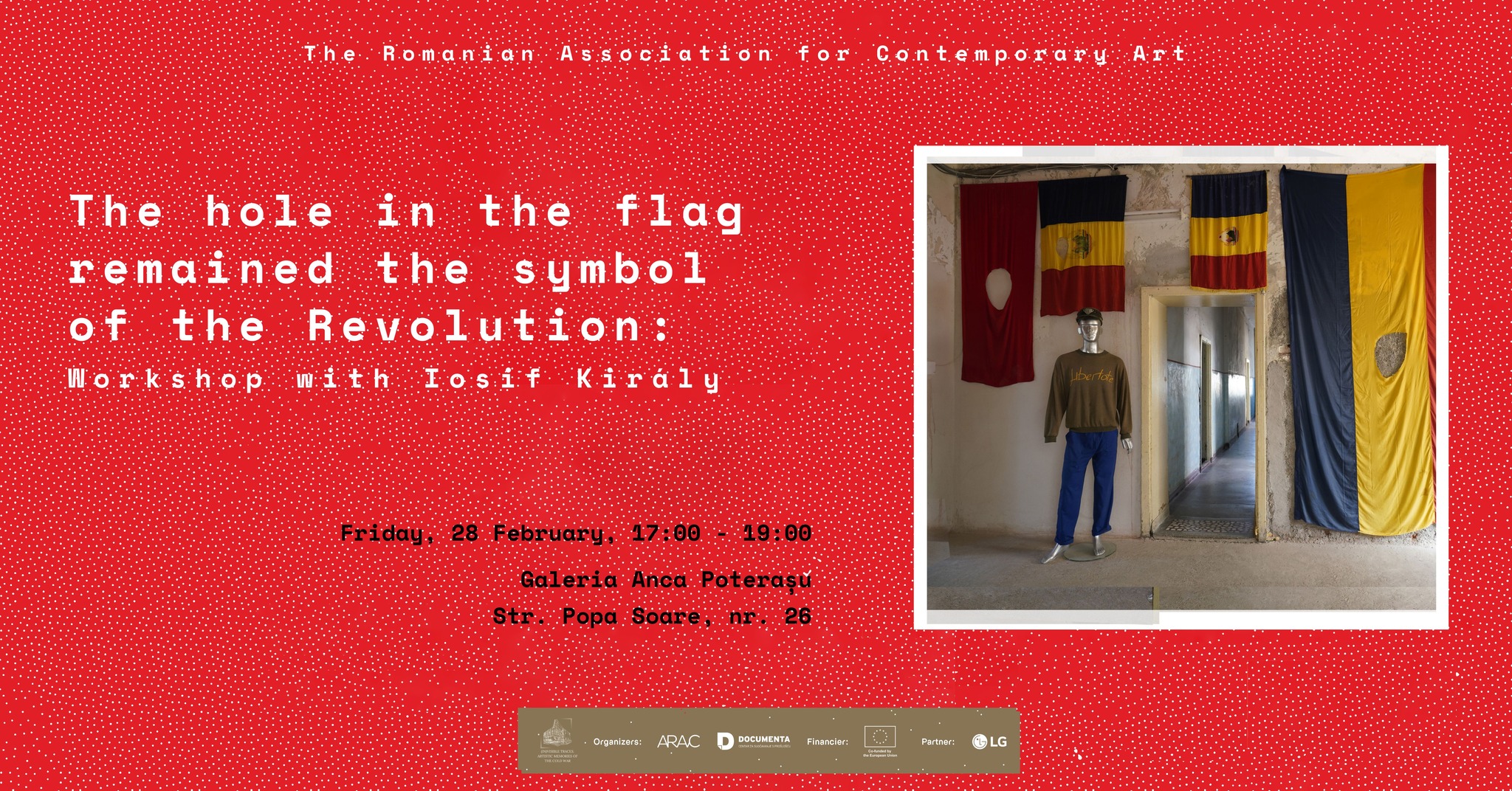
Iosif Király is one of the most renowned artists working with photography in Romania. His work investigates the relationship between perception, time, synchronicity and memory through photography, installation-art, drawing and more recently, video. He has initiated, coordinated, and, together with architects, visual artists, and anthropologists, participated in research projects related to the changes having occurred in post-communist Romania: D-Platform, RO-Archive, Triaj, Tinseltown. During the 1980s, Iosif Király became active in the mail art network, an international underground movement established by Fluxus. After 1989, he exhibited both individually and within the subREAL* group. Iosif Király’s works are found in numerous private and public collections such as the following: The National Contemporary Art Museum in Bucharest, 2000+ Arteast Collection, Moderna galerija, Ljubljana*; Stedelijk Museum, Amsterdam; Light Work, Syracuse, NY; Hamburger Bahnhof – Museum für Gegenwart, Berlin; Neue Galerie Graz am Landsesmuseum Joanneum; Museum of Contemporary Art, Ars Aevi, Sarajevo*. Since 1991 he has been teaching contemporary photography at the National University of Arts (UNArte) in Bucharest, Romania. In 1995, he was among the founders of the Department of Photography and Media Art at UNArte, where he is presently a professor.
The whole in the flag remained the symbol of the revolution. Mail Art Workshop coordinated by Iosif Kiraly
Friday, February 28, 2025, starting at 5:00 p.m.
About the project: The (In)Visible Traces Artistic Memories of the Cold War project brings together artists, cultural professionals, researchers, youth, educators, and policymakers to engage in a collaborativeexploration of European cultural heritage, with a focus on the Cold War era. The project highlights the importance of preserving and recognizing historical buildings and sites that played a key role during the Cold War, many of which are now vacantor at risk of being forgotten. By combining artistic expression, research, and heritage protection, the project aims to shed light on these neglected locations. Through residencies, artistic interventions, and exhibitions such as You Betrayed the Party When You Should Have Helped It, the initiative will generate new material to stimulate reflectionon Europe’s divided past, while also advocating for the legal and physicalpreservation of these historical spaces.
The project seeks to protect and promote European heritage at risk, contributing to cultural dialogue and offering recommendations for safeguarding historical memory across Europe.
The workshop:
Iosif Király a distinguished visual artist, architect, and professor, participated in the (In)visible Traces. Artistic Memories of the Cold War Artistic Residency bringing his conceptual and experimental approach to photography. His work, which explores memory, time, and perception, provided unique insights into historical and cultural narratives. As one of the founders of the Department of Photography and Dynamic Imaging at the National University of Arts in Bucharest, Király has made significant contributions to both academia and the arts. His career includes extensive collaborations, most notably with the subREAL group, and his works are part of prestigious public and private collections in Romania and abroad.
The Workshop discussion began with an overview of Government-approved art exhibitions, which were essential in promoting the communist regime’s ideology. These included commemorative, national, and regional exhibitions, alongside “alternative” exhibitions that were still approved by the regime, such as Scrierea, Studiu 1 & 2, Spațiul Obiect, Spațiul Oglindă, Om-Oraș-Natură, and Mobil Fotografia. While these exhibitions allowed for some experimentation, while offering some space for experimentation, remained within the boundaries set by the authorities. The event also highlighted a shift toward more experimental and critical art practices through a selection of significant A35 exhibitions, such as Baia Mare 1988, Alternative, Tinerii Artiști și Fotografia, Fumul, and Mobil Fotografia. These exhibitions represented a counterpoint to official art, offering artists more freedom of expression while navigating state-imposed limitations.
The discussion also highlighted underground artistic actions in different spaces and nature, as well as the Mail Art network, which connected Romanian artists with international peers despite surveillance. The event focused on Timișoara’s underground scene and the post-1989 transformation of Romania’s art landscape, emphasizing the role of Revista Arta, Soros Center for Contemporary Art, and Zona performance festivals. The workshop allowed participants, mostly young people and students, to engage with Mail Art techniques, encouraging creativity and collaboration.
The event successfully provided an engaging and comprehensive overview of the Romanian art scene from the 1970s to the 1990s, balancing historical context with personal experiences and interactive elements. The discussion highlighted the struggles, creativity, and resilience of artists who navigated state restrictions, underground movements, and the post-communist transformation.
